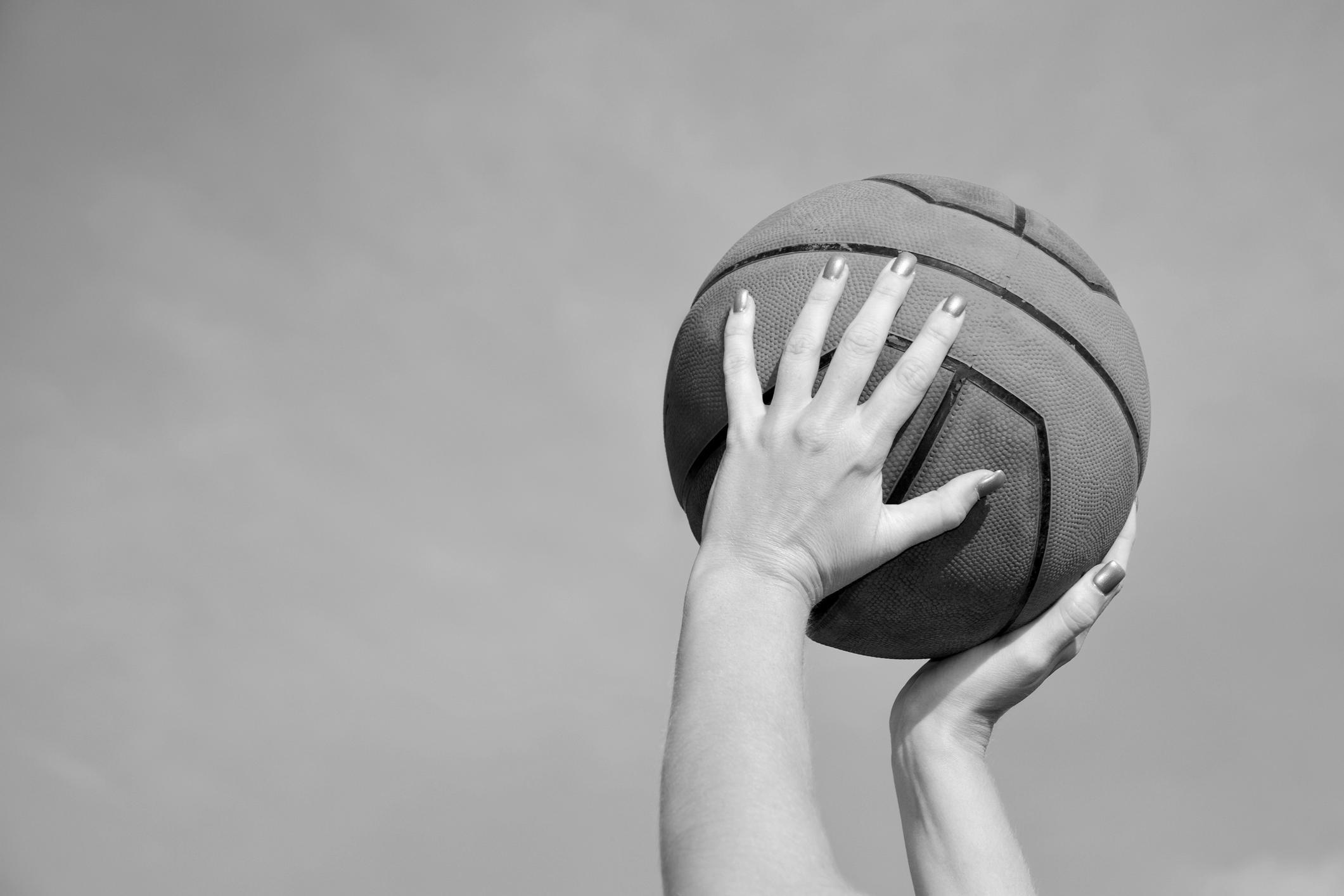In 2024, the sector will generate $1.28 billion in revenue; the data should be sounding alarm bells for brands. Women’s sports are breaking through age-old barriers.
In the past few years, we’ve witnessed significant progress, notably highlighted by the 2023 Women’s World Cup, which saw women’s sports take centre stage. That momentum gained further traction when EA Sports included women’s teams and players in their video game for the first time with EA FC 2024. Soon, the Kansas City Current’s $117 million stadium will become the first facility specifically built for a women’s pro team when it opens in the spring of 2024.
We’re also seeing a remarkable uptick in viewership; the numbers speak volumes. Take the WNBA, which smashed their highest viewership records ever. Or consider the game in late January between No. 9 LSU and No. 1 South Carolina in women’s college basketball, drawing over 1.56 million viewers. It even eclipsed the NBA game airing at the same time, which only averaged 1.38 million viewers.
According to research by Deloitte, women’s sports will generate revenue of $1.28 billion in 2024, up nearly 300% from just three years ago. This data should be sounding alarm bells for brands. The surge in women’s sports interest isn’t a future trend; it’s happening now. If brands wait any longer to take advantage of the potential growth associated with this change, it will be too late in the game.
One sector that urgently needs transformation in light of this cultural shift is retail. If it’s clear that the game is growing for a commercial broadcast audience, why aren’t retailers taking advantage to grow their female audiences? Many are trying, but the approach needs a shift.
Room to grow: Women’s sports apparel
The fact is, women athletes have unique needs, and a one-size-fits-all approach to women’s sports apparel is not going to cut it.
Sports equipment designed specifically for young girls often tends to mimic pink versions of the products made with boys in mind. This not only limits choice but also reinforces (very) outdated stereotypes. Our collective responsibility as marketers is to challenge this way of doing things.
For brands, that means updating strategies to be more inclusive and avoiding antiquated gender profiles. You can see constant specialisation in men’s sports equipment, but adoption for the women’s sector is lagging.
From menstruation to breast development, brands in the sports retail sector must innovate clothing to address the physiological differences women have from men and the changes they endure throughout their lives, empowering female athletes to perform at their peak. Sports technology and products must invest in research and evolve quickly to better cater to the female body and drive inclusivity in the sports world.
Consider sports uniforms and you’ll notice the stark differences between men’s and women’s sports attire. Uniforms for women tend to be tight-fitting, small, uncomfortable and not practical for high-level athletes. In sports like gymnastics, poorly fitting attire is not only the norm but also expected and encouraged, potentially turning girls away before they even try to participate. At the highest level of competition, uniforms must be optimized for performance, but athletes frequently must advocate for uniform changes to perform at their best.
Last year, the England Women’s Field Hockey team had to campaign for the option to wear shorts during competitions. This issue goes beyond personal preferences or minor fit adjustments—it reflects systemic barriers keeping girls away from sports.
Nike tried this gender-specific approach with their Phantom Luna soccer cleats released before the 2023 World Cup. According to Nike, they were the most researched women-led cleats in history and took over two years of research to create. The sportswear brand tackled the challenge head-on, introducing a women-specific stud pattern on the cleat to avoid injury, a new fitting system to better fit women’s feet and new advancements in how the ball will feel for athletes while wearing them. The cleat was made by women, for women and overall the move paid off with the Phantom Luna being one of the most popular models among Nike’s women athletes.
In addition to Nike, numerous other brands are actively addressing this issue, boldly confronting specific pain points encountered by their owners; issues that often escape the radar of larger corporations. While this trend is laudable, ideally more major brands will adopt a similar approach to purpose-driven innovation.
Addressing outdated marketing narratives
Unfortunately, gender stereotypes are still present in the marketing narratives of products and clothing, affecting children’s behaviour from a young age. Brands, especially in toys and clothing, often reinforce outdated gender norms by promoting messages of action, physicality and competition for products aimed at boys, and socializing, domesticity and appearance for products aimed at girls. This pervasive messaging significantly shapes how girls feel about themselves and sports, with many feeling like sports ‘aren’t for them’ from a young age.
Regulations may also be necessary to address anti-gender bias in school curriculums and prenatal education, fostering a more inclusive environment from the start of a girl’s life. At school, there’s usually a men’s sports team for almost every sport the school competes in, but there are not the same options for girls. There are 1.3 million fewer opportunities to play high school sports for girls than for boys.
Reimagining the market
In the past, brands have argued that the women’s market wasn’t big enough to warrant more options and investments, but today the data says otherwise.
It’s time to redesign, innovate and invest in understanding the diversity of your audiences. You can outpace the evolution of women’s sports if you approach it in the right way. The businesses that understand the full potential of their female audiences will win in the long run.
First published in Adweek.
“Yonder is a consulting firm that helps clients to unlock opportunity and deliver business impact.”
Please visit the firm link to site





